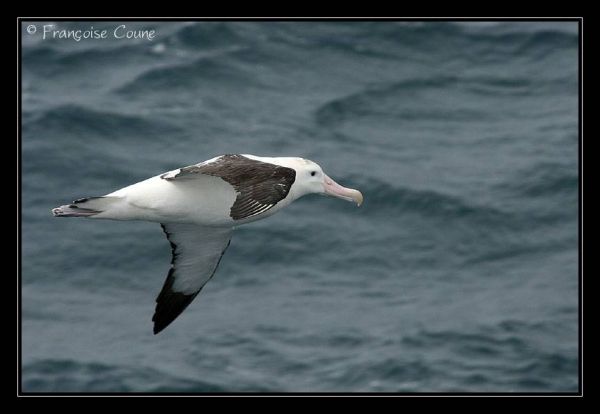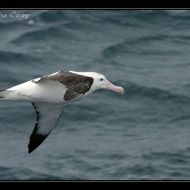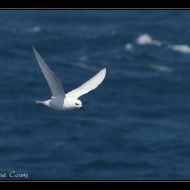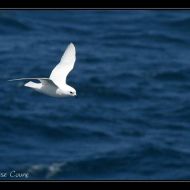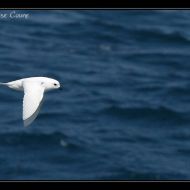The Antarctic Convergence is a natural boundary between the relatively warm Sub-Antarctic Surface Water and the cold Antarctic Surface Water. It lies between 49° and 60° south and is detected by a drop in sea surface temperature as cold, dense water is pushed beneath the warmer waters to the north. During the southern summer, the sea temperature may drop from 7°C to 3°C (45°F to 37°F) at the convergence while in winter the difference in sea temperature may be as great as 10°C (18°F).
The location of the convergence is not a precise line but varies slightly throughout the year, from year to year, and from century to century. This convergence zone is an important biological phenomenon influencing the distribution of plankton, fish, birds and mammals. The species found are quite different as one travels across it. The water south of the convergence is often referred to as the Southern Ocean. It contains the coldest and densest water on Earth and is notable for its high biological productivity. It plays a major role in influencing oceanic circulation in the southern hemisphere, and in governing the climate of the planet.



